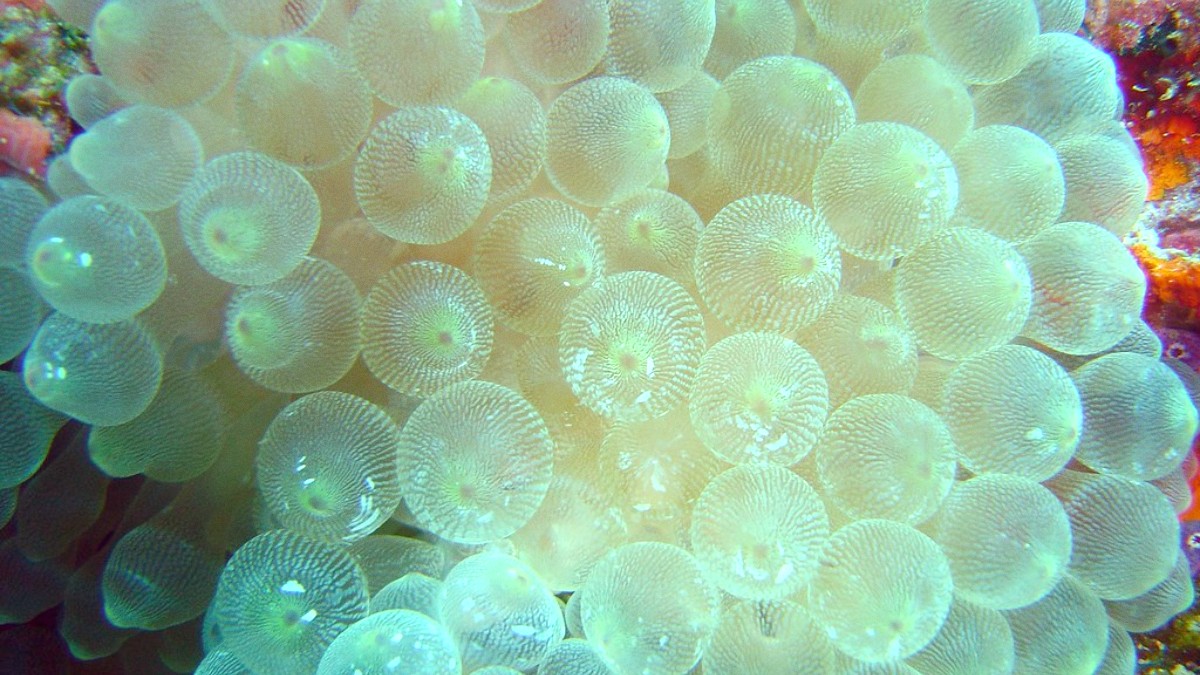
Micronesia
The local diet reflects available resources on small Pacific islands. Staples like breadfruit, taro, and yam nourished generations, with abundant marine life from the lagoon and ocean.
Japanese influence (pre-WWII mandate) subtly appears in some seafood preparations. American influence presents in imported canned goods and basic Western-style dishes at resorts. Food frequently involves community gatherings.
Taro, breadfruit, yam, cassava, and rice form the carbohydrate foundation. These root crops are boiled, fried, or pounded.
Fresh fish (tuna, snapper, mackerel, reef fish) is main. Chicken and, less often, pork are also consumed.
Simple, fresh, and savory. Salt, soy sauce, and sometimes chili season dishes. Complex spices are not common. Natural sweetness and coconut richness define the taste.
Grilled, fried, or steamed preparations of tuna, snapper, or mackerel, given the abundant marine life.
Available at most hotel restaurants and some local eateries on Weno.
Thinly sliced raw fish or diced raw fish salad, often seasoned with soy sauce and local vegetables.
Dive resort restaurants are the best places for quality sashimi/poke.
Root crops boiled and pounded into a thick, sticky paste, a carbohydrate accompaniment.
Mainly in local homes and some small, traditional eateries; inquire specifically.
Thinly sliced breadfruit, fried until crispy, similar to potato chips.
Deep-fried pastries from mashed local root crops, often slightly sweet.
No traditional fine dining establishments exist. Best experiences are within established dive resorts.
These are mainly found within dive resorts. Menus combine local dishes with basic international cuisine.
Simple, no-frills local eateries on Weno, often family-run. Roadside stalls are very informal setups.
A small local market on Weno sells fresh produce and fish. It does not typically offer prepared hot food for tourists.
No large food halls or extensive prepared food sections exist.
The market mainly caters to local daily needs for raw ingredients.
Prepared foods for tourist consumption are not a feature here.
Basic American options often available at hotel restaurants.
Some Asian dishes, especially with Japanese influences, are present.
Do not expect a wide range of specific international cuisines.
Most international options are confined to resort menus.
Extremely limited, likely unavailable. No certified Halal or Kosher food providers or restaurants.
Travelers with these requirements will need to self-cater or use specific pre-packaged items.
Bringing your own specialized foods is the most reliable approach for these dietary needs.
Local markets focus on fresh, uncertified produce.
No formal resources or specialized restaurants cater to specific dietary needs here.
No formal cooking classes or organized food tours are here. Tourism largely focuses on diving.
Informal opportunities to visit local farms or small-scale food producers might appear via local connections.
Local festivals, often tied to religious holidays, feature traditional communal foods.
During local celebrations, special dishes are prepared using large communal methods like roasted pig or chicken cooked in an earth oven (umu).
Tourists may observe if their visit aligns with such an event.
Imported beers and spirits are available at hotel bars and some local shops. Locally brewed "Sake" or "Sapwei" (unrefined rice wine) is not commercially regulated or generally offered to tourists; caution is wise if offered.
Fresh coconut water is an universal, refreshing drink.
The daily catch becomes dinner, highlighting the ocean's bounty after a day exploring underwater history.
Resorts serve as your main dining hubs, providing meals tailored to dive schedules and preferences.
Evenings involve relaxed meals, conversations with fellow divers, and reviewing the day's underwater discoveries.
Chuuk's culinary landscape prioritizes fresh, local ingredients. Embrace the simplicity and authenticity of island flavors.